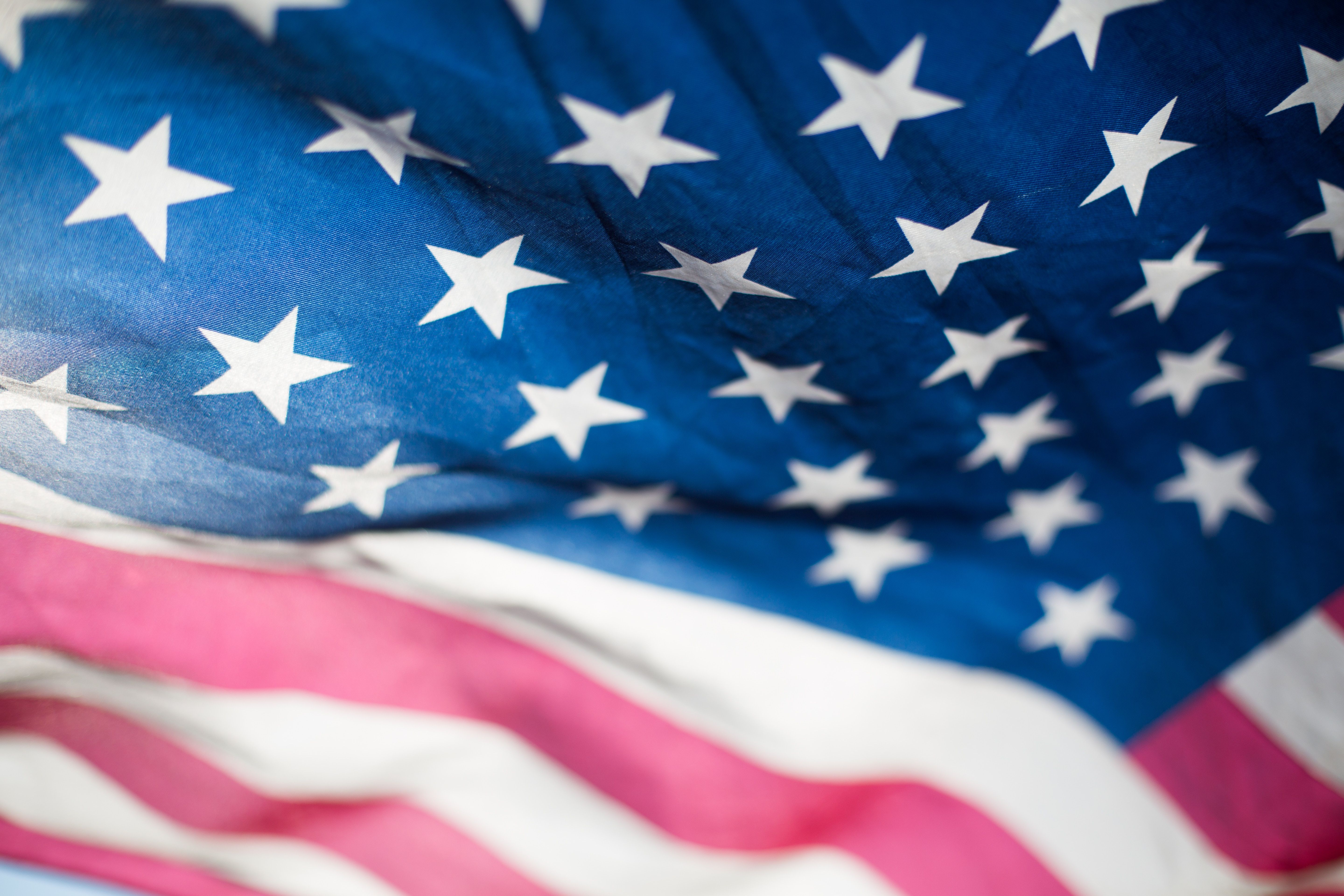Fun with Flags!
Flag Day, celebrated on June 14, is the perfect time to get out your flags and show your American pride! The flag is very important in American culture, but it’s easy to forget all of the interesting facts of how the American flag came to be. In honor of Flag Day, here is a list of fun facts about the American flag and the history of Flag Day.
Stars and Stripes
Congress adopted the Stars and Stripes as the American flag on June 14, 1777. For a while, the U.S. added stripes and stars to the flag when welcoming new states. At one point, the flag has 15 stripes and 15 stars. As the country continued to add new states, they decided to go back to the 13 stripes for the original 13 colonies.

How it Began
The first Flag Day observance was on June 14, 1885, when 19-year-old school teacher Bernard J. Cigrand placed a 38-inch star flag in a bottle on his desk. He assigned essays about the flag and its significance. In 1894, the governor of New York directed that the flag be displayed on all public buildings on June 14.

Flag Day is Officially Born
On May 30, 1916, President Woodrow Wilson issued a presidential proclamation establishing Flag Day as the anniversary of the Flag Resolution. On August 3, 1949, President Truman signed an Act of Congress that would designate June 14 of each year as National Flag Day.

Betsy Ross
Betsy Ross was a seamstress who made clothes for George Washington. In June, 1776, Washington approached her to make the first American flag, and the rest is, well, history.

Flag Facts!
When the flag can no longer be repaired or used, it must be destroyed in a dignified matter, such as burning. If dirty or soiled, an American flag may be washed and dry cleaned. If a flag touches the ground, it does not have to be destroyed. Instead, just wash it if it’s dirty..

All the Way to the Moon
Of the six American flags that are planted on the moon, five of them are still standing. Which one is not? The first one, planted by Neil Armstrong during the Apollo 11 mission.






 - 2025-07-03T134445.262.png)
 (84).png)
 (61).png)